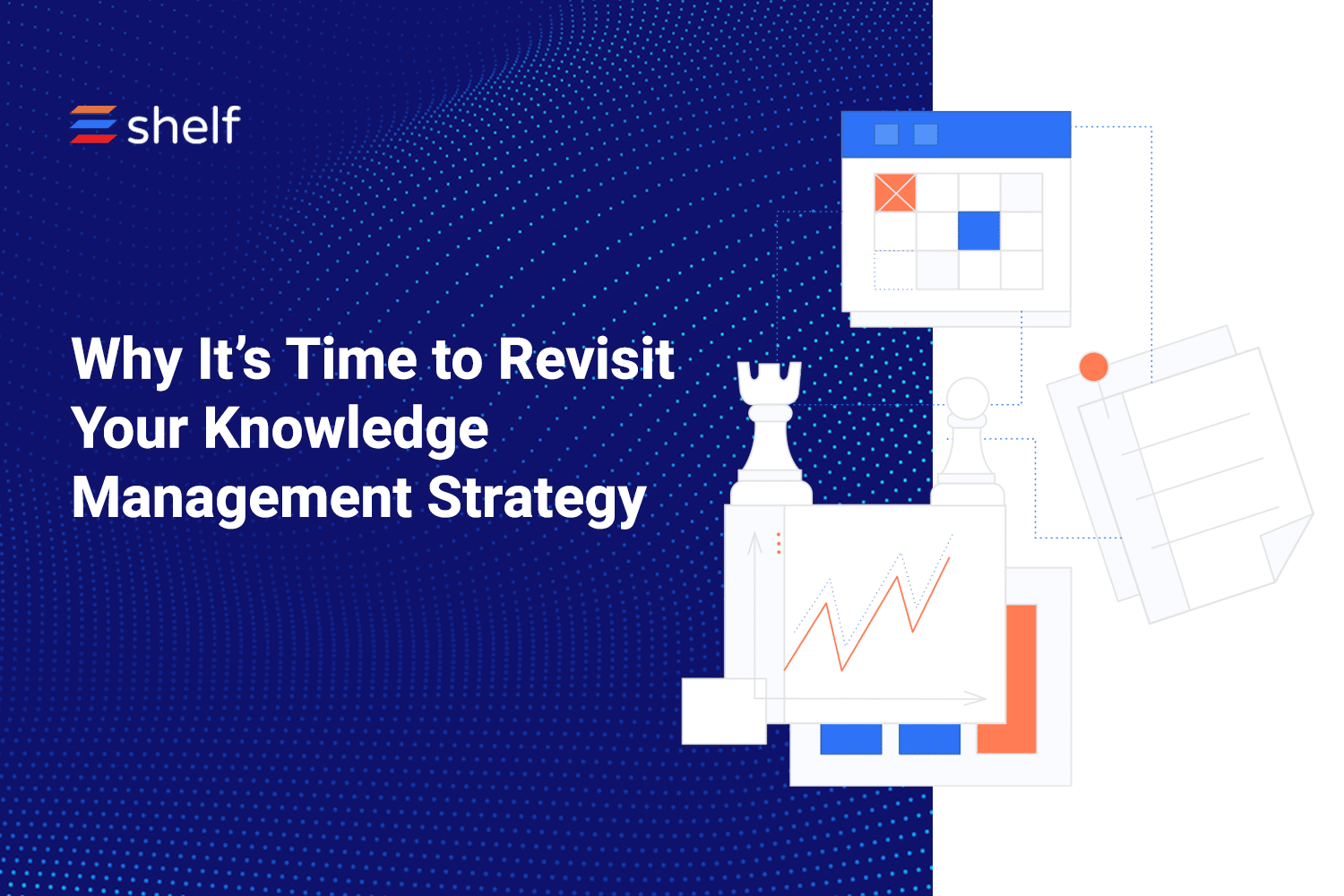Knowledge management is one of the most overlooked parts of the support experience. What exactly does a robust knowledge management strategy allow your organization to do? In this blog post, we take a closer look. The maturity of a company’s knowledge management strategy has a funny way of rearing...
What’s the role of AI in knowledge management? Read on for key use cases, examples, and the most frequently asked questions today. Table of Contents Keeping Content Up to Date Connecting Info from Different Sources Helping Reduce Support Costs Improving Information Search Frequently Asked...
Data is classified into two main types: structured and unstructured. Structured data refers to organized information that follows a predefined format and resides in fixed fields within a record or file. Structured data is easily searchable, organized, and can be stored in databases. Unstructured...
How is generative AI used in enterprises? Visualize a daunting scenario: An intelligent system that can compose music, generate compelling articles, or write code based on learned data patterns is rapidly becoming a reality. With generative AI fundamentally changing the game, enterprises that...
Businesses have long been increasingly inundated with an unprecedented volume of data. The challenge now is not just about storing ample data but managing, classifying, and transforming this structured and unstructured data into fuel for the engine of business. The critical role of data...
Artificial intelligence engines need data to learn and operate, but the data you and I find meaningful is foreign to machines. Machines need data translated to their preferred language: math. This conversion happens with the help of vectors. What are vectors in machine learning? Vectors are...
Whenever you interact with a large language model (LLM), the model’s output is only as good as your input. If you offer the AI a poor prompt, you’ll limit the quality of its response. So it’s important to understand zero-shot and few-shot prompting as you can use these techniques to get better...
A data pipeline is a set of processes and tools for collecting, transforming, transporting, and enriching data from various sources. Data pipelines control the flow of data from source through transformation and processing components to the data’s final storage location. Types of Data Pipelines AI...
Large language models have an impressive ability to generate human-like content, but they also run the risk of generating confusing or inaccurate responses. In some cases, LLM responses can be harmful, biased, or even nonsensical. The cause? Poor data quality. According to a poll of IT leaders by...
Implementing a knowledge management system or exploring your knowledge strategy? Before you begin, it’s vital to understand the different types of knowledge so you can plan to capture it, manage it, and ultimately share this valuable information with others. Populating any type of knowledge base...
Data decay is the gradual loss of data quality over time, leading to inaccurate information that can undermine AI-driven decision-making and operational efficiency. Understanding the different types of data decay, how it differs from similar concepts like data entropy and data drift, and the...
Retrieval-augmented generation (RAG) is an innovative technique in natural language processing that combines the power of retrieval-based methods with the generative capabilities of large language models. By integrating real-time, relevant information from various sources into the generation...












